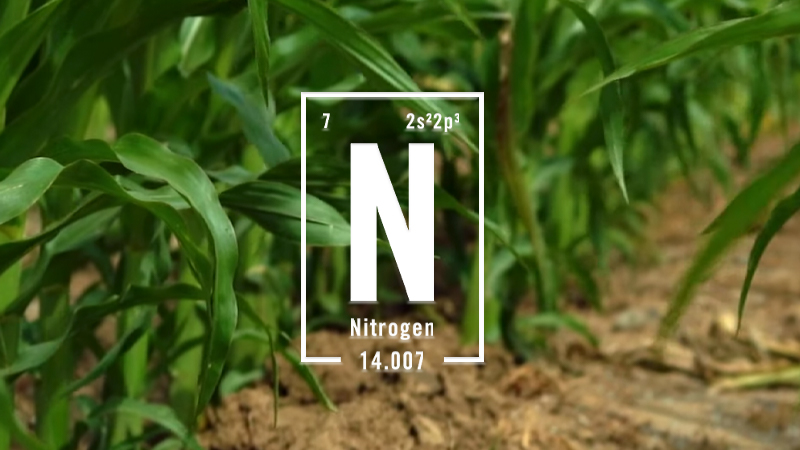Experts: Scout Now For Weeds In Winter Wheat
Winter wheat growers need to start scouting their fields and planning to control weeds that have survived the mild Midwest winter, says two Purdue Extension weed scientists.
If not controlled early, common broadleaf weeds, such as dandelion, purple deadnettle, henbit, chickweed, Canada thistle and wild garlic can cause problems for the wheat crop as it comes out of winter dormancy.
“These winter annual species that emerge in the fall can remain relatively inconspicuous through the winter but become competitive and troublesome during spring, if they are not controlled early,” Bill Johnson said.
The severity of infestation will determine whether herbicide application is necessary and, if so, what type of herbicide should be used. Johnson and Travis Legleiter said producers need to scout entire fields and identify problem areas before making those decisions.
“Wheat fields that contain uniform infestations of at least one broadleaf weed or three grass weeds per square foot should be taken into consideration for a herbicide application, to avoid yield loss and harvest interference problems,” Legleiter said. “Some fields that have less uniform infestations but, rather, pockets of severe infestation, should be managed to reduce weed seed production and future infestations.”
The stage of the wheat crop also should be considered in herbicide program decisions. Nearly all wheat herbicides are labeled for application at certain growth stages.
Some commonly used herbicides have a very short application window.
“The popular broadleaf herbicides, 2,4-D and MCPA, are efficient and economical, but can only be applied for a short period of time between tillering and prior to jointing,” Johnson said. “This is a short window that occurs early in the spring, and might occur even earlier this year if current weather conditions hold.”
One option for wheat farmers to consider is the use of liquid nitrogen fertilizer solution as a carrier for herbicides. The combination allows producers to topdress the crop in a single pass over a field.
However, Johnson said this technique requires caution because it can cause moderate to severe crop injury – especially in saturated conditions.
“Many post-applied wheat herbicide labels allow for liquid nitrogen carriers, but require different rates and types of surfactants than if the herbicide was applied with water as the carrier,” he said.
Growers who plan to plant double-crop soybeans also need to consider plant back restrictions. Many herbicides, especially those that control ryegrass and brome, have soybean plant back restrictions longer than the usual three months.
“Soybean plant back restrictions greatly reduce the number of options available to wheat producers who double-crop soybeans after wheat,” Legleiter said.
For more information, click here.






